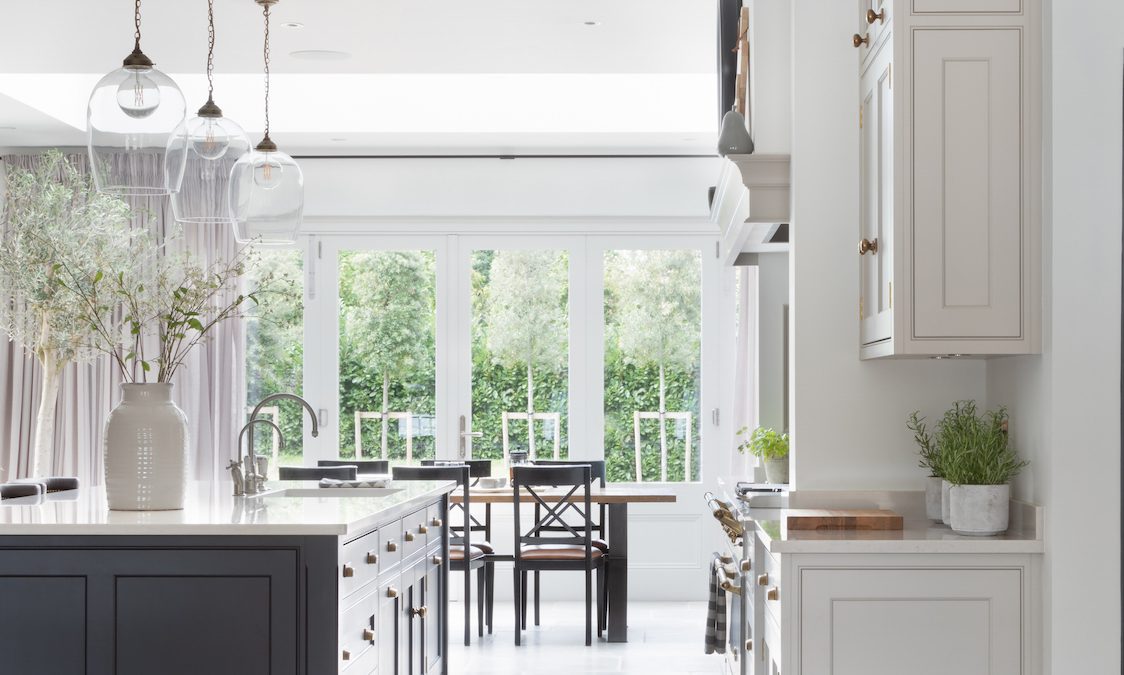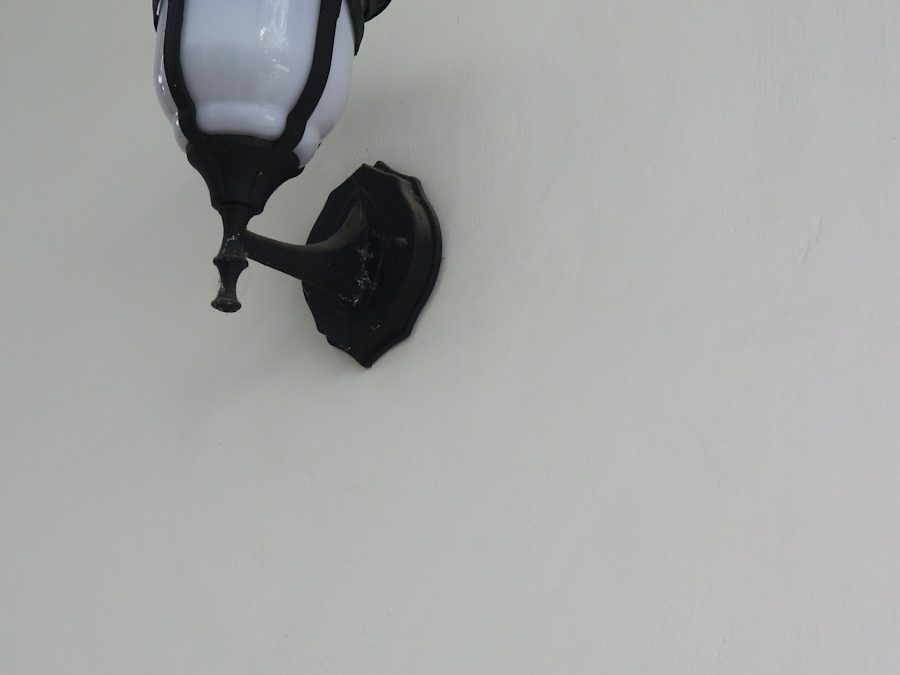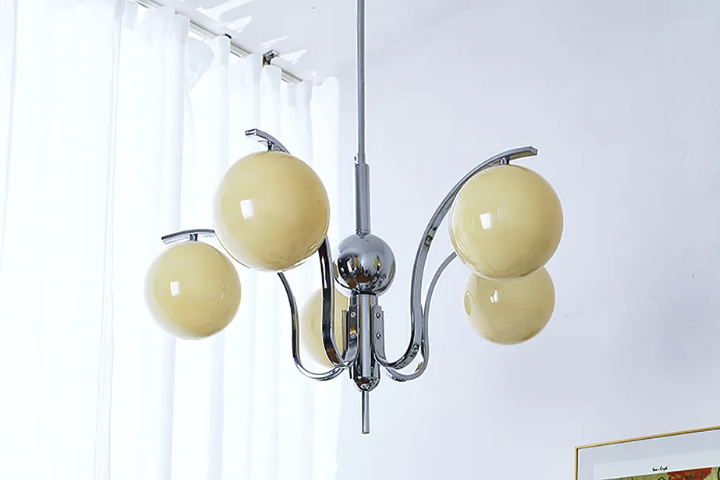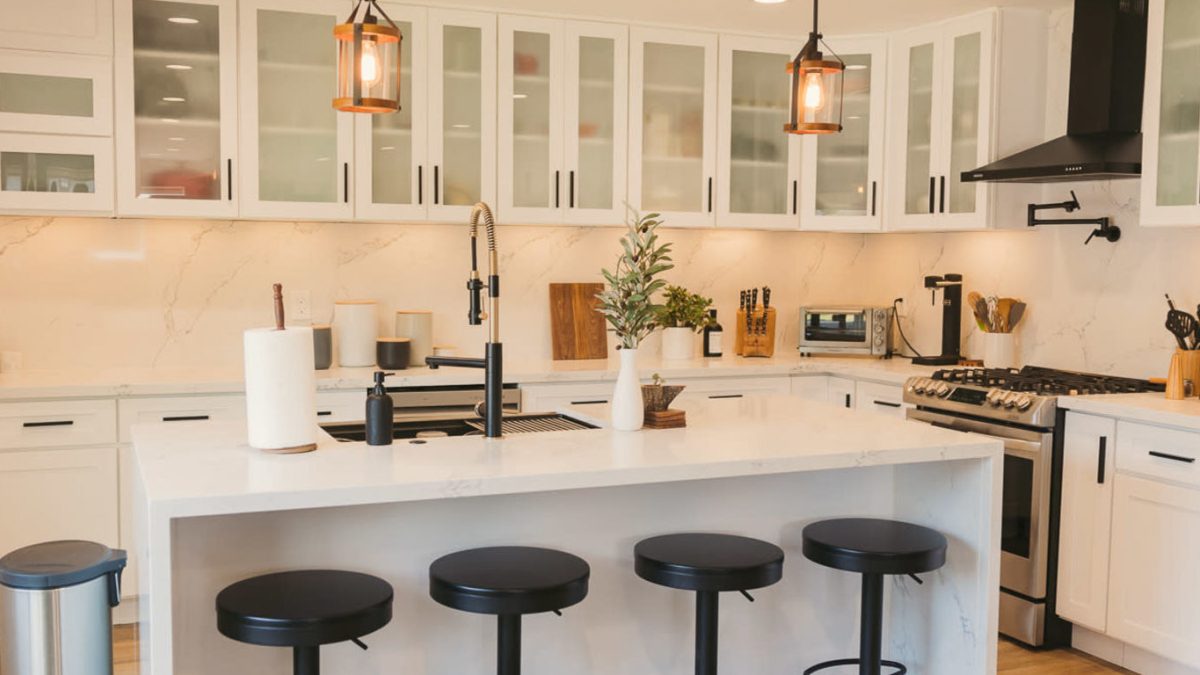
Mid-Century Dining Light: A Timeless Addition to Your Home Décor
Mid-century design has been experiencing a revival in recent years, and one of the most iconic elements of this style is the mid-century dining light. This post will explore the history of mid-century design, the characteristics of mid-century dining lights, and how to incorporate one into your home décor.
The History of Mid-Century Design
Mid-century design refers to the design style that arose in the mid-20th century, from approximately the 1930s to the 1960s. This period was marked by a post-war boom in America that led to the rise of the middle class and modern consumer culture. During this time, designers sought to create objects that were both stylish and functional, using new materials and manufacturing techniques to produce affordable products for the masses.
Mid-century design was characterized by clean lines, simple shapes, and a focus on functionality. Designers sought to create objects that were not only aesthetically pleasing but also useful in everyday life. This approach led to the creation of iconic pieces of furniture and lighting that are still popular today.
Characteristics of Mid-Century Dining Lights
Mid-century dining lights are one of the most recognizable elements of this design style. These lights are often characterized by their simple, geometric shapes and use of materials such as metal and glass. They are sleek, elegant, and modern, yet they also have a timeless quality that makes them a great addition to any home décor.
Here are some of the key characteristics of mid-century dining lights:
Clean Lines
Mid-century dining lights have clean, straight lines that create a sleek and modern look. They are often designed with simple geometric shapes, such as circles, squares, and rectangles, and have minimal detailing or ornamentation.
Use of Metal
Mid-century dining lights often use metal, such as brass, chrome, or nickel, as their primary material. This gives them a sleek and modern look and makes them durable and long-lasting. Some mid-century lights also feature metal chains or cords, which add to their industrial aesthetic.
Use of Glass
Mid-century dining lights often incorporate glass into their design, either as shades or as the primary material for the fixture. The use of glass gives these lights a clean and sophisticated look, and it also allows for the diffusion of light.
Incorporating a Mid-Century Dining Light into Your Home Décor
If you’re interested in incorporating a mid-century dining light into your home décor, there are a few things to consider.
Choose the Right Size
When choosing a mid-century dining light, it’s important to consider the size of your dining room. You’ll want to choose a light that is appropriately sized for the space, neither too small nor too large.
Consider the Style
Mid-century dining lights Cooblo come in many different styles, from sleek and simple to more ornate and decorative. Consider the overall design aesthetic of your home, and choose a light that complements your existing décor.
Installation
Finally, it’s important to consider the installation process. Mid-century dining lights can be installed in a variety of ways, including as a pendant light or as a chandelier. Depending on the style and size of the light, you may need to hire a professional electrician to install it safely and correctly.
A mid-century dining light is a timeless addition to any home décor. With its clean lines, use of metal and glass, and iconic design aesthetic, a mid-century dining light is sure to become a focal point in any dining room. If you’re considering incorporating a mid-century dining light into your home décor, be sure to choose the right size and style, and consider hiring a professional electrician for installation.



